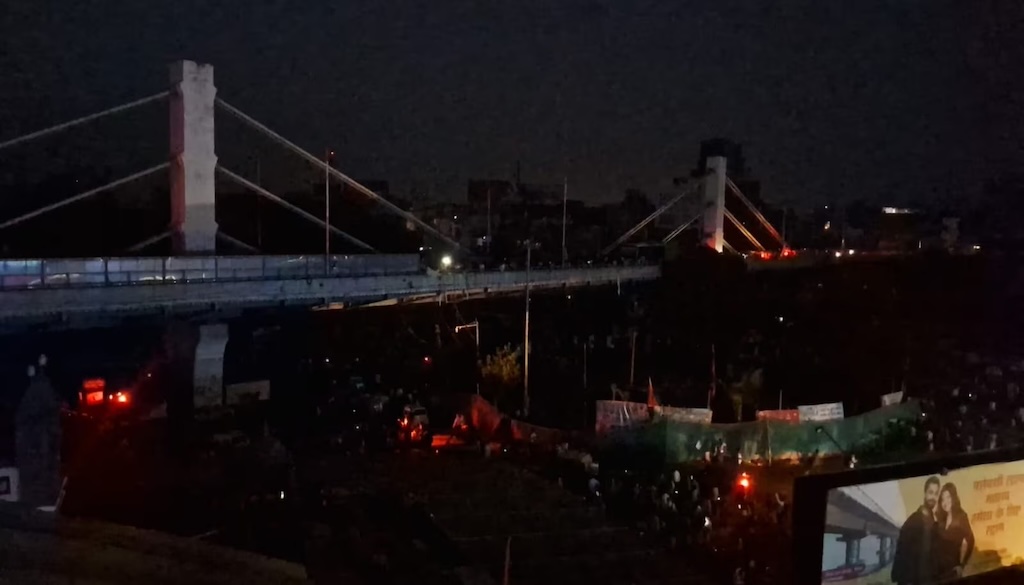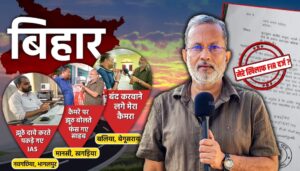
Patna: As darkness descended over Patna on Wednesday evening, it wasn’t a power failure—it was a rehearsal for war preparedness. At exactly 6.58pm, sirens pierced the air, triggering a coordinated blackout across six districts in Bihar, including the state capital, as part of a nationwide mock drill simulating an air attack scenario.
The drill, aimed at enhancing civil defence readiness amid rising tensions between India and Pakistan, was carried out in Patna, Purnia, Katihar, Araria, Kishanganj and Begusarai. Residents were instructed to switch off all lights—including those powered by inverters—and avoid using mobile phones during the 12-minute blackout that lasted until 7.10pm.
Vehicles on the roads were asked to halt, dim their lights or switch them off completely. Landmark sites, including the Mahavir Mandir near Patna Junction, went dark well before the sirens, underlining the seriousness with which local authorities approached the exercise.
This rare blackout drill follows the Indian Army’s precision strikes under ‘Operation Sindoor’, where nine terror hideouts in Pakistan-occupied Kashmir were destroyed in retaliation for the April 22 terror attack in Jammu and Kashmir’s Pahalgam. The attack had targeted a bus carrying Indian pilgrims, prompting nationwide outrage.
Though the Army’s response was surgical and targeted, tensions between the nuclear-armed neighbours have escalated in its aftermath. The blackout drills, officials said, are precautionary and designed to raise public awareness about emergency protocols during a possible aerial threat.
Civic bodies, electricity departments, and security forces coordinated the effort, which was largely observed by the public. Social media was abuzz with videos of empty streets, darkened homes, and the rare sound of stillness across usually bustling urban landscapes.
While no official alerts have been issued regarding an imminent threat, the symbolic drill underlines India’s readiness posture and the seriousness with which authorities are treating the current geopolitical climate.






